Classic Gear: Harpsichord
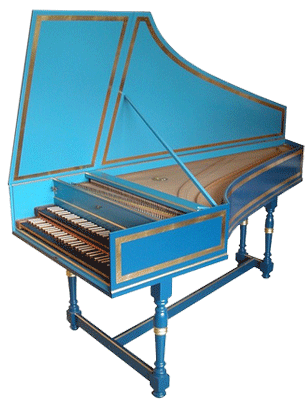 It’s by no means an essential piece to the quintessential rock band, nonetheless the harpsichord, dating from the 1500s and the predecessor to the piano, served a distinct sound on plenty of essential late sixties records, earning it “classic” status, and the first acoustic spot in our ongoing series on classic gear.
It’s by no means an essential piece to the quintessential rock band, nonetheless the harpsichord, dating from the 1500s and the predecessor to the piano, served a distinct sound on plenty of essential late sixties records, earning it “classic” status, and the first acoustic spot in our ongoing series on classic gear.
The first difference you’ll notice from the piano is the inverted keys. The black and white keys are reversed (a sleek effect, almost as sexy as grey and white). The sonic difference from the piano results from the way the keyboard vibrates each string. Piano keys “hammer” the string, while harpsichords “pluck.” This plucking action gives the harpsichord the extra bright tinny sound so often associated with classical music and what would become known as “baroque pop.”
Examples
Besides the standards (Yardbirds “For Your Love;” Stones “Lady Jane,” “Yesterday’s Papers,” “In Another Land;” Kinks “Two Sisters,” “Session Man;” Beatles “Lucy In The Sky,” “Because” (actually a Baldwin Electric Harpsichord) and “In My Life” emulates the harpsichord with a sped up piano solo — find more here) below are a few examples that put this ‘ancient’ instrument to good use in the 60s:
Lords of ‘baroque pop,’ the Left Banke frequently rocked the harpsichord, decorating many of their gems with that other-timely sound. The Left Banke Anthology comes highly recommended.
The Left Banke – I Haven’t Got The Nerve
The End might have borrowed the Stones’ harpsichord for the Introspection sessions, which were produced by Bill Wyman. This performance is from legendary session man, Nicky Hopkins (the subject, and harpsichordist, of Ray Davies’ “Session Man” indeed).
The End – Loving, Sacred Loving
Curt Boettcher set out to make the greatest album of all time when he finally got a chance to record Begin in 1968. Harpsichord gets used and abused on this powerhouse leadoff, an unbelievable track for all first timers:
The Millennium – Prelude
And of course Rod Argent and the Zombos, they used harpsichord as well as piano, organ, harmonium, and Mellotron all over Odessey and Oracle. Come to think of it, it’s hard to find a psychedelic masterpiece without harpsichord on there somewhere!
The Zombies – I Want Her She Wants Me
Or… if you’re lookin for the real deal…
Glenn Gould – Prelude and Fugue in E Major (Bach)
Also Recommended

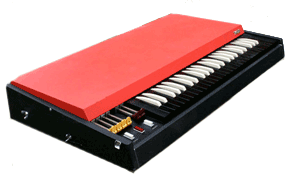
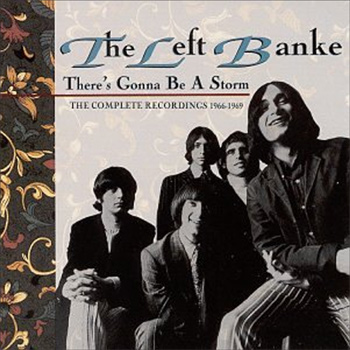
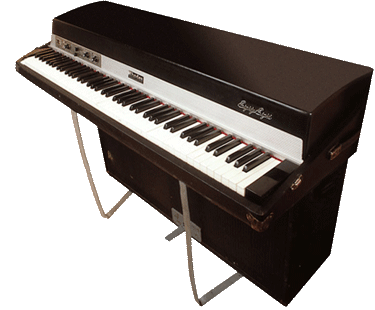
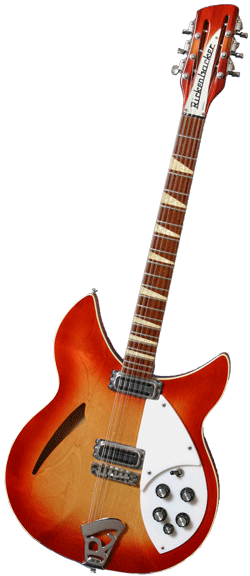
Great post as usual. I love the blue harpsichord you chose for the picture. Love the Bach too.
Thank you Paul. That photo comes from this excellent flickr photostream of new harpsichords built by William Horn. It was hard to pick an image considering the endless range of models, I have no idea what types they were using back then. And I must admit, of all the gear we’ve covered so far, this is the one I knew least about starting off.
Nice post. Love the Left Banke tune.
Probably the clavichord is the real precursor to the piano, as It actually struck keys – though in a much less complex way. Too bad pop groups didn’t use the clavichord as it’s capable of bluesy pitch-bending.
The Beatles’ In My Life used a sped-up piano, not a harpsichord.
Some years ago I did an Open University course in classical music theory and practice which leaned heavily on JS Bach and the Baroque. At the Summer School in Cardiff I nearly got kicked off the course when the head lecturer caught me playing a lousy version of Scott Joplin’s “The Entertainer” on the resident harpsichord.
On “I’m Not Sure” from Johnny Winter’s Second Winter album, brother Edgar plays a devastating solo on what sounds like a harpsichord and is indeed credited as a harpsichord. I’ve a feeling it may actually be an electric Baldwin or Hohner instrument. Can anybody confirm?
There are a lot of nice tracks with harpsichord used (or at least it sounds like one on the record ): Examples:
): Examples:
around the sixties:
Turn of the Century – Bee Gees
Richard Harrison – MacArthur Park
Christophe – Aline ( a French artist)
Manfred Mann – Everyday another hair turns gray
Paul Mauriat – Love is Blue (Instrumental)
Andy Williams – Solitaire
Gilbert Becaud – Mes Mains (French)
The Association – Windy
I was trying to come up with the earliest use of harpsichord in pop music – I was going to go with Brian Wilson’s “When I Grow Up (to be a Man)”, but then I remembered Rosemary Clooney’s “Come On-a My House” from 1951. I give Lurch from “The Addams Family” credit for popularizing it in the ’60s.